When it comes to sewing, choosing the right stitch for your project is crucial in ensuring professional and durable results. With various stitches available on most sewing machines today, it’s essential to understand their purpose and when to use each one. Let’s take a closer look at some common stitches and their applications:
Straight Stitch
The straight stitch is the most basic and commonly used stitch in sewing. It creates a simple, straight line of stitches from point A to point B. Straight stitches are ideal for general sewing, such as joining fabric pieces, sewing seams, and topstitching. Use a longer stitch length for lightweight fabrics and shorter stitches for heavier materials.
Zigzag Stitch
The zigzag stitch is a versatile stitch that creates zigzag lines by alternating between the left and right movements of the needle. It is an essential stitch for preventing fraying on fabric edges and adding stretch to garments. Additionally, a wider and longer zigzag stitch can be used for appliqué and decorative purposes.
Stretch Stitch
Designed specifically for stretchy fabrics, the stretch stitch helps maintain the fabric’s elasticity. This stitch has a unique formation, allowing it to stretch with the fabric without breaking the thread. Commonly used for sewing activewear, swimwear, or garments with spandex, the stretch stitch ensures strong and flexible seams.
Buttonhole Stitch
Buttonholes are essential for garments with buttons or closures. Most sewing machines have a dedicated buttonhole stitch, which creates a sturdy and neat opening for buttons. It usually involves a combination of forward and backward stitches to secure the buttonhole edges. Remember to always practice on scraps before making buttonholes on your final project.
Blind Hem Stitch
The blind hem stitch is perfect for creating invisible hems on garments. It allows the thread to catch only a few fibers on the right side of the fabric while securing a stronger stitch on the wrong side. This stitch is ideal for dresses, pants, or any project requiring discreet hems that blend seamlessly with the fabric.
Overlock Stitch
An overlock stitch, also known as a serger stitch, provides a professional finish to seams, preventing fraying and adding durability. This stitch trims the excess fabric while neatly sealing the edge, providing a clean and polished look. While an overlock machine is typically used for this stitch, some sewing machines offer an overlock stitch option.
Remember, always refer to your sewing machine manual for specific stitch details and recommended settings. It’s also helpful to test stitches on scrap fabrics before using them on your actual project. With a good understanding of various stitching techniques, you can confidently choose the appropriate stitch for each sewing endeavor, achieving beautiful and long-lasting results.
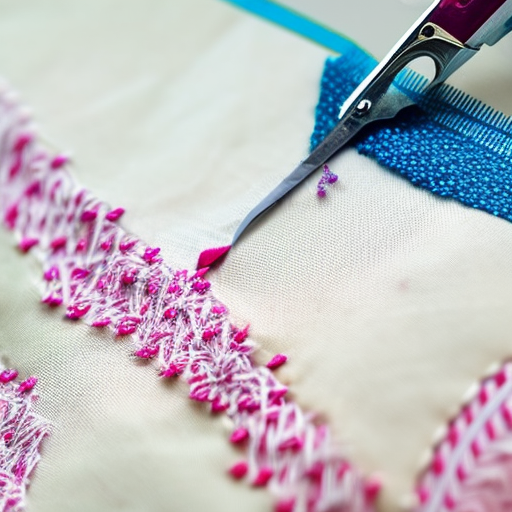
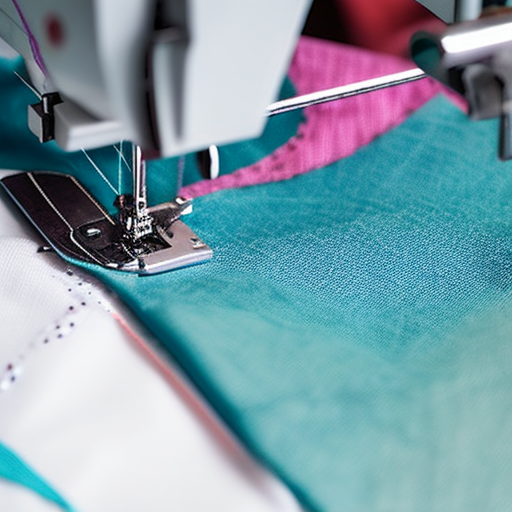
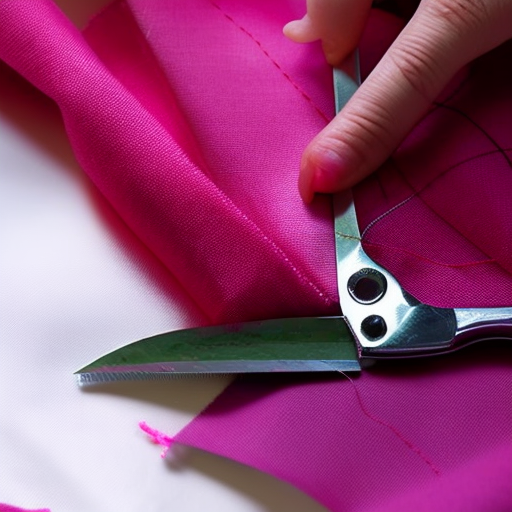
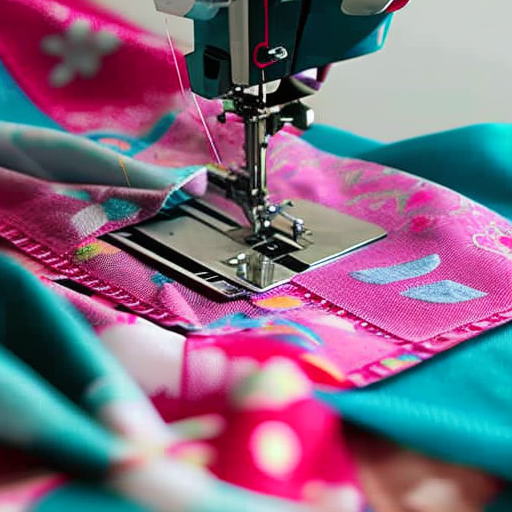
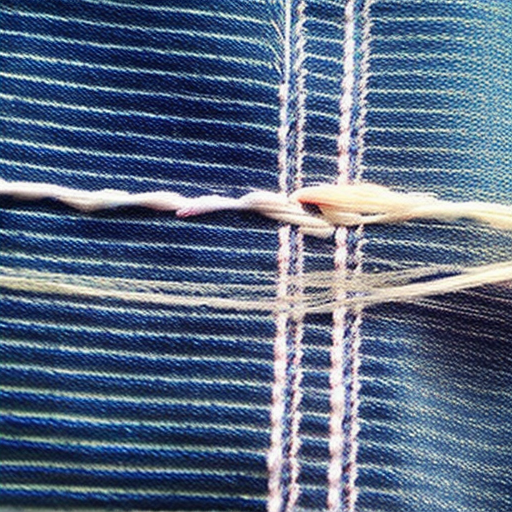
Great post! I never knew there were so many stitches to choose from.
Serena Summers: Very helpful! Learning all about the different stitches has inspired me to do some projects.
This is a great article for anyone who wants to learn more about the various ways to sew! It’s a helpful tutorial on the different types of stitches and techniques that can be used, which makes it a great resource for any crafter.